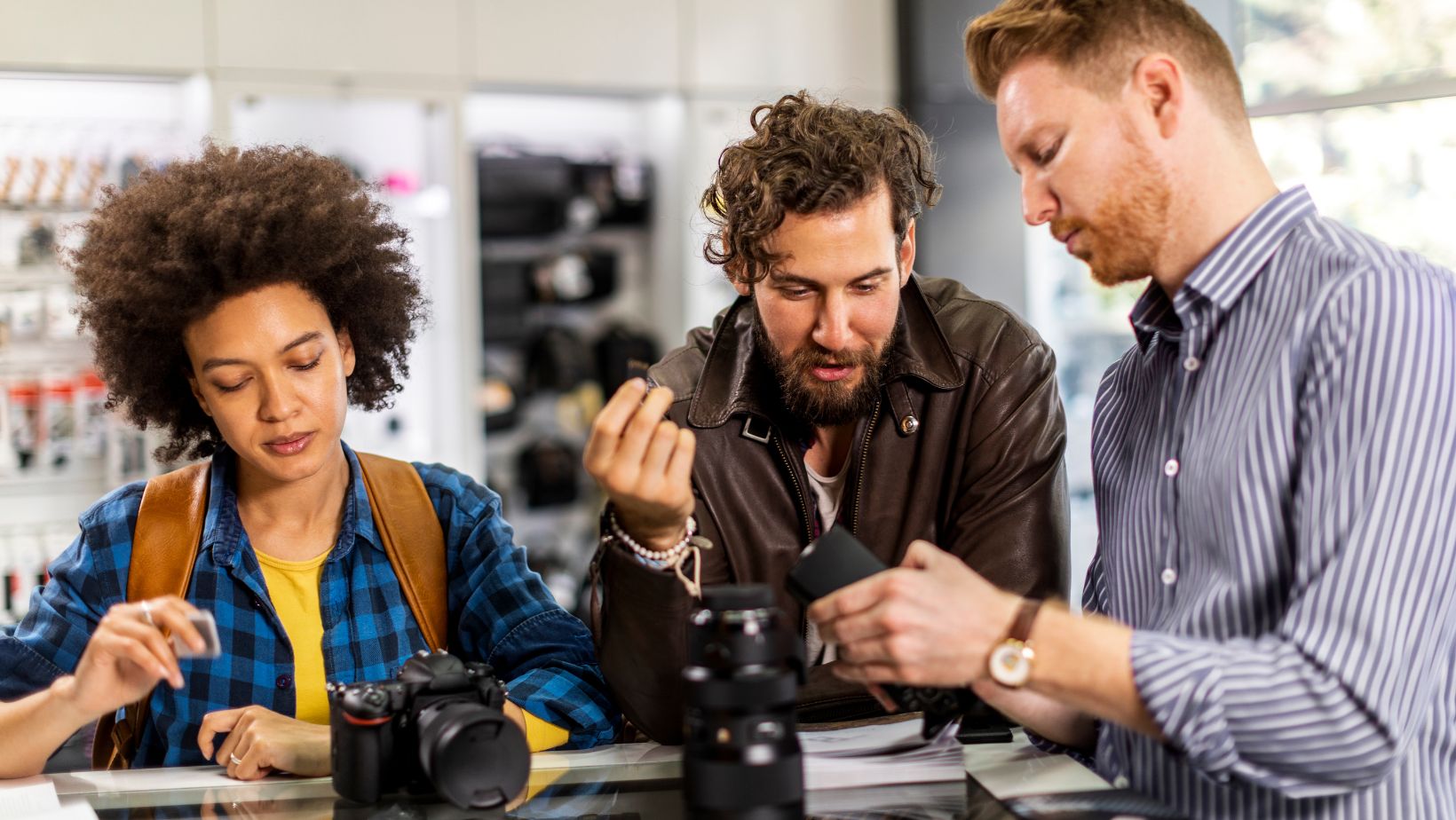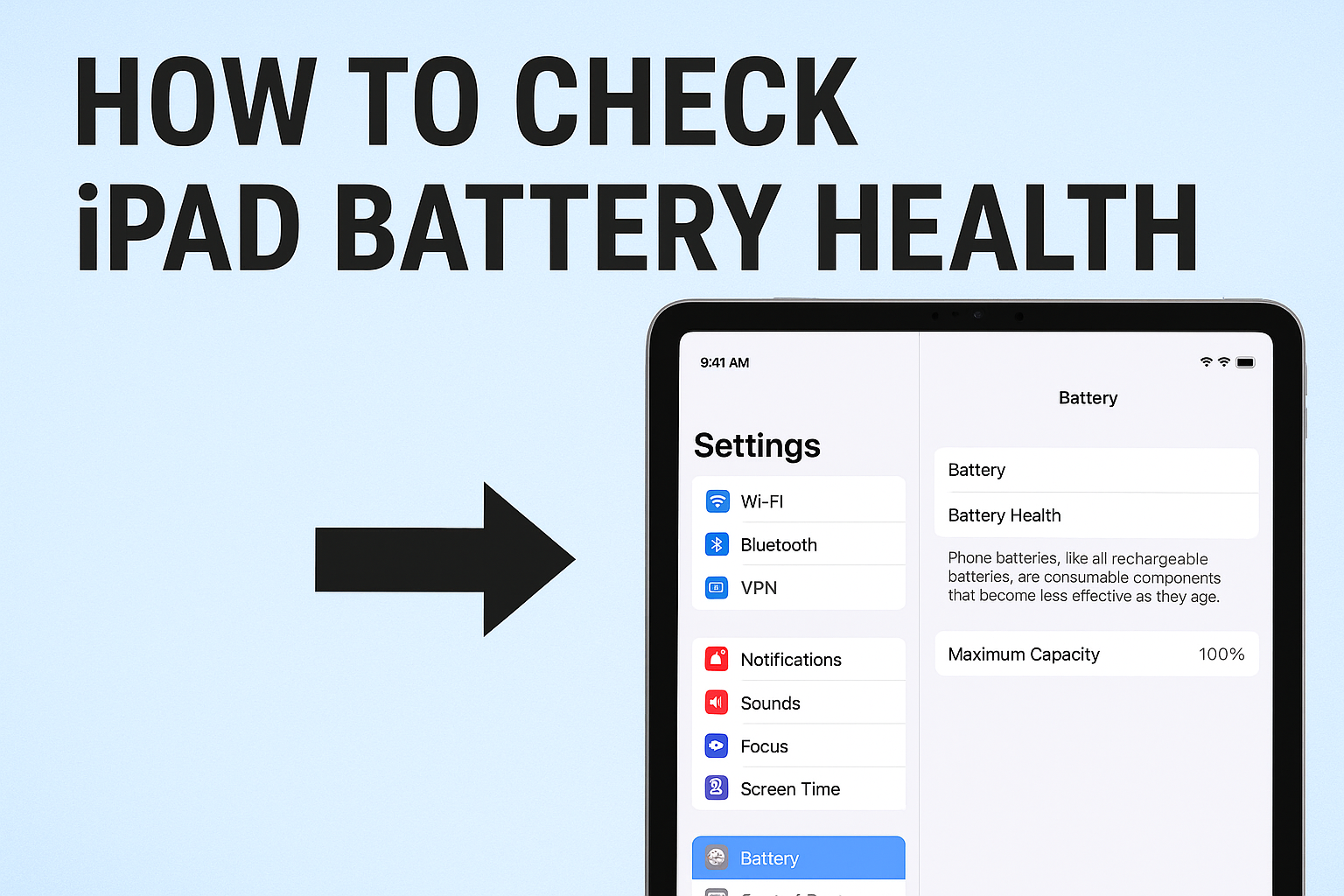
In the digital age, where social media and online interactions dominate consumer behavior, businesses are increasingly turning to user-generated content (UGC) as a powerful tool in their marketing arsenal. User-generated content refers to any form of content, such as images, videos, reviews, or testimonials, created by consumers rather than the brand itself. This blog explores the profound impact of UGC on visual marketing strategies, its benefits, and effective ways businesses can harness its power to enhance brand visibility and engagement.
Understanding User-Generated Content
User-generated content has emerged as a cornerstone of modern digital marketing for several compelling reasons:
- Authenticity:
Unlike branded content, UGC is created by real customers who have experienced the product or service firsthand. This authenticity resonates with other consumers, building trust and credibility for the brand.
- Engagement:
UGC often generates higher engagement rates compared to branded content because it reflects real-life experiences and resonates with the audience on a personal level.
- Cost-Effective:
Incorporating UGC into marketing strategies can be cost-effective as it reduces the need for creating original content from scratch. Brands can leverage existing content created by their customers, thereby saving time and resources.
- Social Proof:
UGC serves as social proof of a brand’s value and popularity. Positive reviews, photos of satisfied customers using products, and testimonials can influence purchasing decisions and attract new customers.
- Community Building:
Encouraging UGC fosters a sense of community among customers. It allows them to interact with the brand and each other, creating a loyal customer base that advocates for the brand organically.
Leveraging User-Generated Content in Visual Marketing
Visual marketing plays a crucial role in capturing attention and conveying brand messages effectively. Incorporating user-generated visual content enhances these efforts by adding an authentic and relatable dimension to the brand’s storytelling. Here’s how businesses can leverage UGC in their visual marketing strategies:
1. Social Media Campaigns
Social media platforms like Instagram, TikTok, and Facebook thrive on visual content. Brands can encourage customers to share photos or videos featuring their products using specific hashtags or tagging the brand. These user-generated visuals can then be reposted or shared by the brand, amplifying reach and engagement.
2. Product Reviews and Testimonials
Integrating customer reviews and testimonials into visual formats such as infographics or short video clips can be highly persuasive. Highlighting positive feedback and experiences visually reinforces the brand’s credibility and encourages potential customers to make purchasing decisions.
3. Contests and Challenges
Launching contests or challenges that encourage customers to create and share their own content related to the brand can spark creativity and generate a buzz. Whether it’s a photo contest, a video testimonial challenge, or a creative use case competition, UGC contests can yield a wealth of authentic content that showcases diverse customer experiences.
4. Influencer Partnerships
Collaborating with influencers who align with the brand’s values and target audience can amplify the impact of UGC. Influencers can create authentic content featuring the brand’s products, which resonates with their followers and extends the brand’s reach to new audiences.
5. Interactive Experiences
Utilizing interactive features such as polls, quizzes, or interactive videos on platforms like Instagram Stories or TikTok encourages user engagement. Brands can gather valuable insights while fostering a deeper connection with their audience through interactive UGC.
Benefits of User-Generated Content in Visual Marketing
The benefits of integrating user-generated content into visual marketing strategies are manifold:
- Builds Trust and Credibility:
Consumers trust peer recommendations more than traditional advertising. UGC serves as social proof of a brand’s reliability and quality, enhancing trust among potential customers.
- Enhances Brand Awareness:
When customers share their experiences with a brand, it increases visibility and brand awareness organically. UGC exposes the brand to new audiences who may resonate with similar experiences.
- Drives Purchase Intent:
Seeing real customers using and endorsing products in UGC can significantly influence purchasing decisions. It provides potential customers with authentic insights into product benefits and usability.
- Encourages Community Engagement:
UGC fosters a sense of community and belonging among customers. It encourages dialogue, feedback, and interaction, strengthening relationships between the brand and its audience.
- Cost-Effective Marketing:
Leveraging UGC reduces the need for costly content creation. Brands can repurpose user-generated visuals across various marketing channels, maximizing ROI and efficiency.
Successful Examples of User-Generated Content
Several brands have successfully integrated UGC into their visual marketing strategies, achieving notable results:
- GoPro:
GoPro encourages customers to share their adventurous moments captured with GoPro cameras. They showcase these thrilling videos on their website and social media, highlighting the product’s capabilities through real-life experiences.
- Starbucks:
Starbucks runs annual campaigns like #RedCupContest, where customers share creative photos featuring Starbucks’ holiday cups. These festive UGC entries create a buzz on social media and reinforce Starbucks’ brand identity.
- Lululemon:
Lululemon features customer photos wearing their activewear on their social media profiles. This UGC not only showcases their products in action but also promotes a sense of community among fitness enthusiasts.
Best Practices for Implementing UGC in Visual Marketing
To effectively harness the power of user-generated content in visual marketing, businesses should follow these best practices:
- Obtain Consent:
Always seek permission from customers before reposting or sharing their content. Clearly communicate how their content will be used and credit them appropriately.
- Maintain Brand Consistency:
While UGC is authentic, ensure that it aligns with your brand’s values and messaging. Set guidelines for the type of content you wish to encourage and maintain a consistent brand image.
- Engage and Reward Contributors:
Acknowledge and appreciate customers who contribute UGC. Engage with their content, respond to comments, and consider offering incentives or rewards for outstanding contributions.
- Monitor and Measure Performance:
Use analytics tools to track the performance of UGC campaigns. Monitor metrics such as engagement rates, reach, and conversion rates to gauge effectiveness and optimize future strategies.
Future Trends in User-Generated Content
Looking ahead, user-generated content is expected to continue evolving as technology advances and consumer behaviors shift. Key trends include:
- Video Dominance:
Video-based UGC, including short-form videos and live streams, will become increasingly popular as platforms like TikTok and Instagram prioritize video content.
- AR and VR Integration:
Augmented reality (AR) and virtual reality (VR) technologies will enhance interactive UGC experiences, allowing consumers to engage with products in immersive ways.
- AI-Driven Personalization:
Artificial intelligence (AI) will play a crucial role in analyzing UGC data to personalize marketing campaigns further. AI algorithms will identify trends, preferences, and sentiments to deliver more relevant content to consumers.
- Ephemeral Content:
Content that is temporary and disappears after a set period, such as Instagram Stories and Snapchat, will continue to drive engagement and urgency in UGC campaigns.
Conclusion
User-generated content represents a potent force in visual marketing, offering brands unparalleled opportunities to connect authentically with their audience, build trust, and drive engagement. By incorporating UGC into their visual marketing strategies, businesses can leverage the power of real customer experiences to enhance brand visibility, influence purchasing decisions, and foster a vibrant community of loyal customers.
As digital landscapes evolve and consumer preferences continue to shift towards authenticity and peer recommendations, businesses that embrace and harness the potential of user-generated content will stand out in a crowded marketplace. By cultivating a collaborative relationship with their customers and empowering them to share their stories, brands can create compelling visual narratives that resonate deeply and drive sustainable growth in the digital era.






